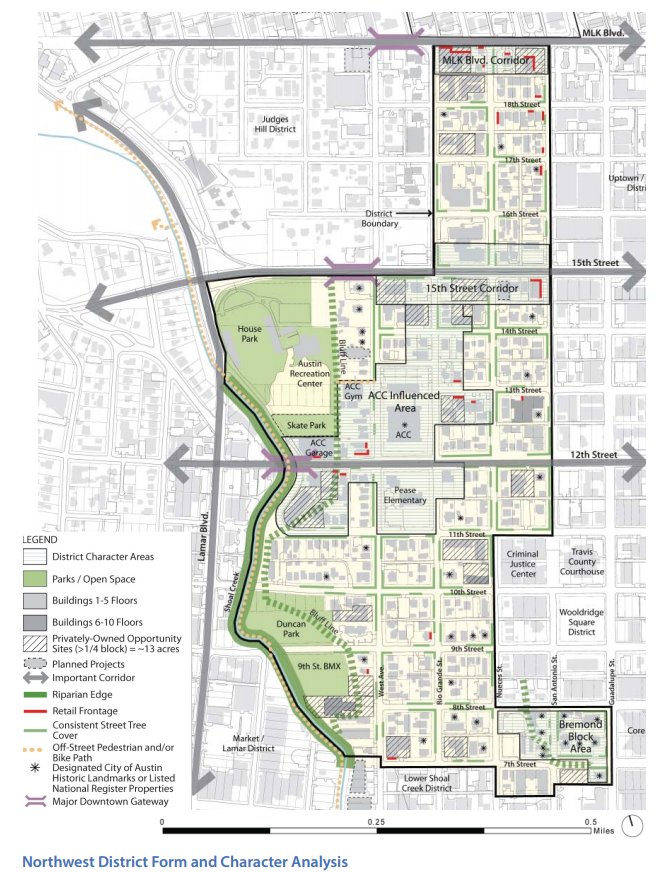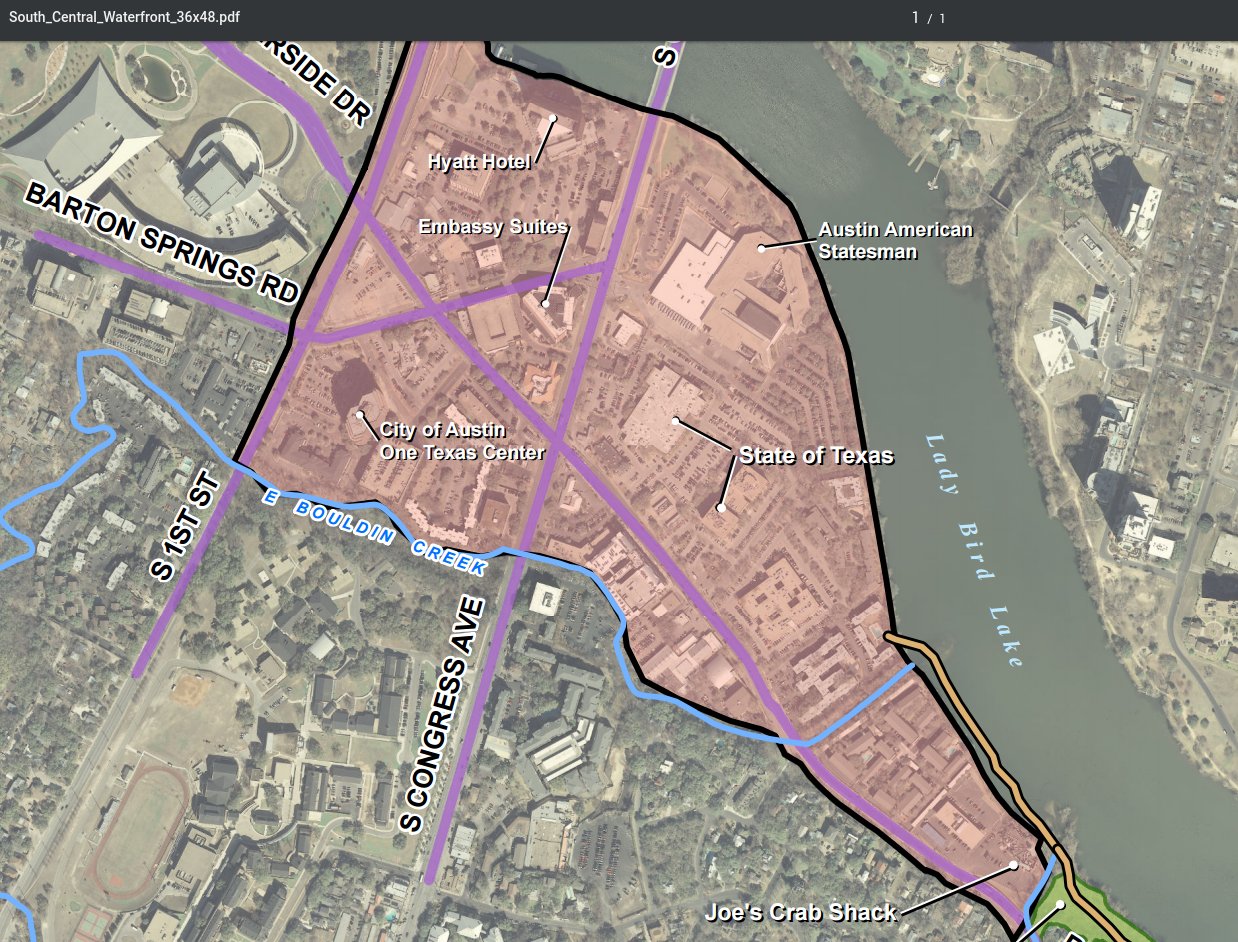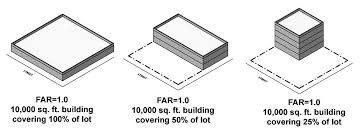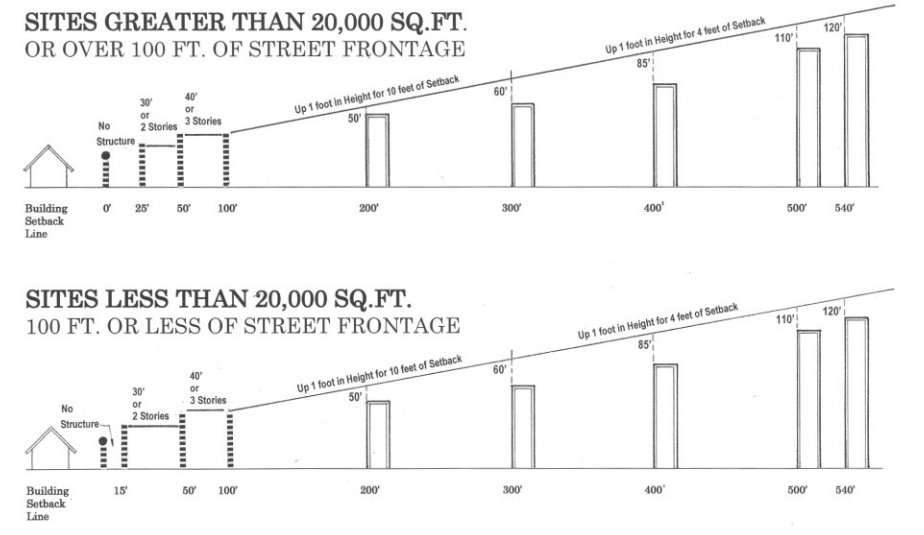Silicon Valley is the most important center of US technology development. Its cluster of tech workers, financiers, and services are light years ahead. There was no special natural resource that made Silicon Valley the only place for a tech boom, but once it got started, Silicon Valley built a strong First Mover Advantage–any place that wants to compete has to not only duplicate Silicon Valley’s ecosystem, but it has to do it in a world where Silicon Valley is already here. Silicon Valley also has strong network effects–each new techie that moves to Silicon Valley makes it an even more attractive place to build a company, which makes it a more attractive place for techies to move, which…
But in tech, there’s sometimes a Second Mover advantage. New companies can learn to navigate around the market leaders’ failures and steer straight for the successes. Big companies can get sclerotic and bureaucratic, unable to appreciate the problems they have or unable to fix them even if they know. Success breeds complacency–famously, Microsoft struggled after its employees became millionaires by virtue of owning stock options at the right place and the right time. Company culture becomes backward looking, focused on preserving the successes of today, rather than building toward tomorrow.
Silicon Valley’s Achilles Heel is Terrible public policy
To many residents of Silicon Valley and the Bay Area, the dangers of being First Mover are very familiar–not from their workplaces, but their local politics.
- The bureaucratic ordeal in getting a new software development project started at a large company is legendary, but pales in comparison to getting a land development project off the ground in Silicon Valley.
- Silicon Valley and San Francisco have their own versions of Microsoft Millionaires: Housing Millionaires. Folks who had the good fortune to own a house in San Francisco years ago and became lucky as their asset skyrocketed in value. Many of these folks have, understandably, become less concerned with making San Francisco a place where a new generation can make their fortune and more interested in protecting what they have.
- Despite (or perhaps because of) its reputation for innovation, San Francisco’s local politics is dominated more by discussions of the past than the future. Like a company that refuses to release new products out of fear of harming their current cash cow, the city has become extraordinarily conservative in its approach to new development. New developments must first prove that they will harm no existing residents in any way, rather than merely proving they will provide a benefit to new residents.
The results are catastrophic: San Francisco and Silicon Valley are failing at one of the core competencies of any city: providing housing. Tech workers spend enormous fractions of their income to live in poorly maintained homes in the Mission, while those outside tech frequently live far outside the city and commute long distances on congested roads. New housing for tech workers is protested as are buses to transport workers from homes in San Francisco to jobs in Silicon Valley. The city and the region understand that they are in an intractable mess of antagonistic politics, but still cannot do anything to extricate itself. San Francisco and the Silicon Valley are ripe for disruption.
Housing could be Austin’s Killer App
Building the best product isn’t enough to compete with a network effect. If it were, a few more of us might be using Google Plus or Google Wave today. The new product or platform has to be close to comparable in the current feature set and, crucially, it has to have a Killer App that makes people not just like it, but want it and need it. For Austin and our platform of functional public policy, the Killer App can be walkable, bikable, transit-accessible, relatively affordable housing.
While the construction technology for building housing at low-cost is not something new, the political technology of a functioning municipal governance platform that facilitates its creation through times of poverty and times of prosperity is something that the United States as a whole lacks. In addition, improving on current governance and providing housing to meet demand would be a difficult act to match. There are few cities outside Silicon Valley that have the right ingredients of a startup economy as well established as Austin does. All of them have had housing cost problems for far longer than Austin has had, yet none of them have adequately addressed the issue.
Tech needs long-term, Quality Public Policy Engagement
How can the technology community in Austin help with local governance? For starters, the community needs to engage with public policy at a much deeper level than it has to date. Politics is not a company to buy or a video game to win. Sometimes throwing money into politics without understanding things hurts your position more than helps. The companies and communities that have a lasting impact on politics don’t just show up when there’s an issue that directly affects them. They develop deep relationships so that when issues affect them, they understand how their proposals will affect others in the community and vice versa.
Technology companies need a supportive environment around them to succeed–angel and venture for funding, consultants to help navigate situations other companies have seen before, IP lawyers, board members, complementary companies. A good company takes advantage of all the resources they have available to them. The same is true of a smart participant in public policy. The most effective ones don’t go it alone; they have an ecosystem of allies and advocates, consultants and collaborators whose advice they listen to and cherish.
This is important for anybody who wants to participate in politics, but it’s especially important for tech. Tech, whether we choose to acknowledge it or not, does not share a background with everybody in the community. The common experiences that bring tech people together can divide us from everybody else. A company that lets its programmers do design will end up with an interface designed for programmers but clunky for everybody else. When the tech community designs its own political messaging, we end up with arguments, imagery, and optics that look good in the board room and clunky–or even offensive–to everybody else.
Learn to Listen and Not Just Lecture
When Uber and Lyft decided on putting their case to the Austin voters, they did not lack for a voice. They brought more money to the campaign than the city has ever seen spent in a race. In a campaign that will be studied for years, voters received dozens of pieces of direct mail, text messages, app alerts, and in-person messaging. Uber and Lyft did not have trouble getting heard. Indeed, many people reported having heard so much from Uber and Lyft that it got in the way of their ordinary life, soured them on Uber and Lyft’s message, and fed into the narrative Uber’s opponents campaigned on (Uber as corporate bully).
While Uber’s money succeeded perhaps too well at getting its voice heard, Uber failed at some of the basics of campaigning. Despite a large number of people and organizations that supported their cause in general, they failed to build a coalition working for them. Many of their allies dropped out of official events and organizations while others failed to rally an effort. For those familiar with the campaign, this wasn’t a surprise; Uber as a company didn’t come to this campaign with any willingness to listen to allies and understand what they wanted and needed out of a campaign.
For those who have been involved in tech, the listening deficit shouldn’t be surprising. The mythos of technology startups says that visionary founders and young startups are a special breed of people able to see what the broader society cannot. But building effective political coalitions is very different from building technology startups. If the technology community wants to participate effectively in local politics, it must bring the skills appropriate to the problem.
Not Every Problem can be solved by tech
Technology can be applied to any problem. Sometimes in the technology world, this gets combined with a frustration about the difficulty of involvement in public policy, and comes out as “every problem can be solved by technology.”
There are numerous housing technologies today being developed to improve construction techniques, from cross-laminated timber to prefabricated apartment blocks. But the technologies to resolve San Francisco’s housing crisis were developed in the early 20th century and before. The reasons that San Francisco and the Bay Area lack the housing supply to accommodate the people who want to work there is definitely not because the area lacks the technical know-how to construct housing. Developing new technologies can reduce costs, but it cannot create new housing when the purpose of the regulations that prevent new housing is precisely to prevent housing. There is no technology short-circuit to public policy engagement.
How to get involved
Where to? The biggest effort to reform Austin’s public policy right now is CodeNEXT, a rewrite of the extensive set of rules governing everything from the height of buildings to which streets can be used for offices and which streets for homes–a reform with the potential to shape Austin’s competitiveness for decades to come.
The author has worked in technology for 15 years and engaged with Austin politics for a few.



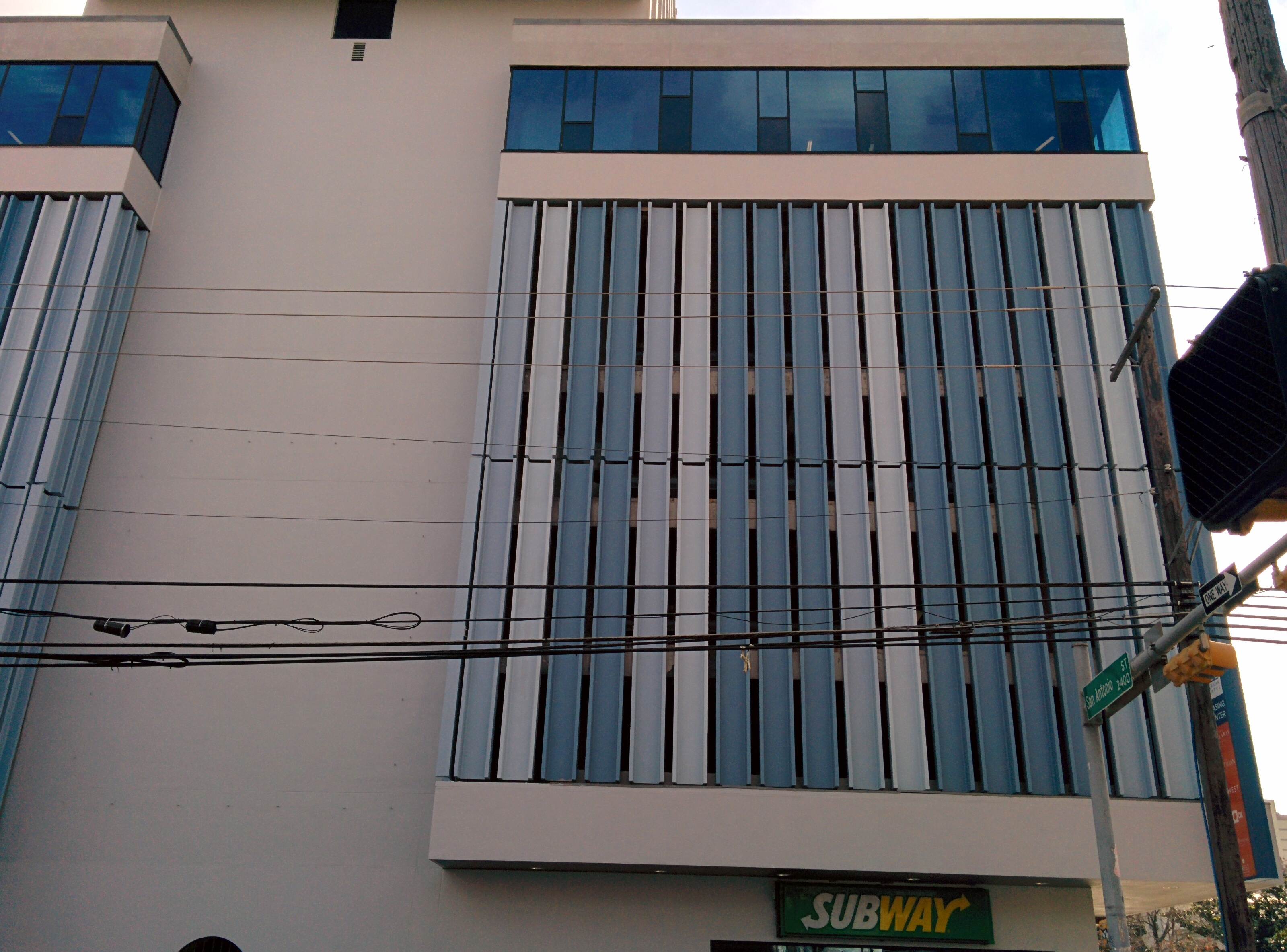
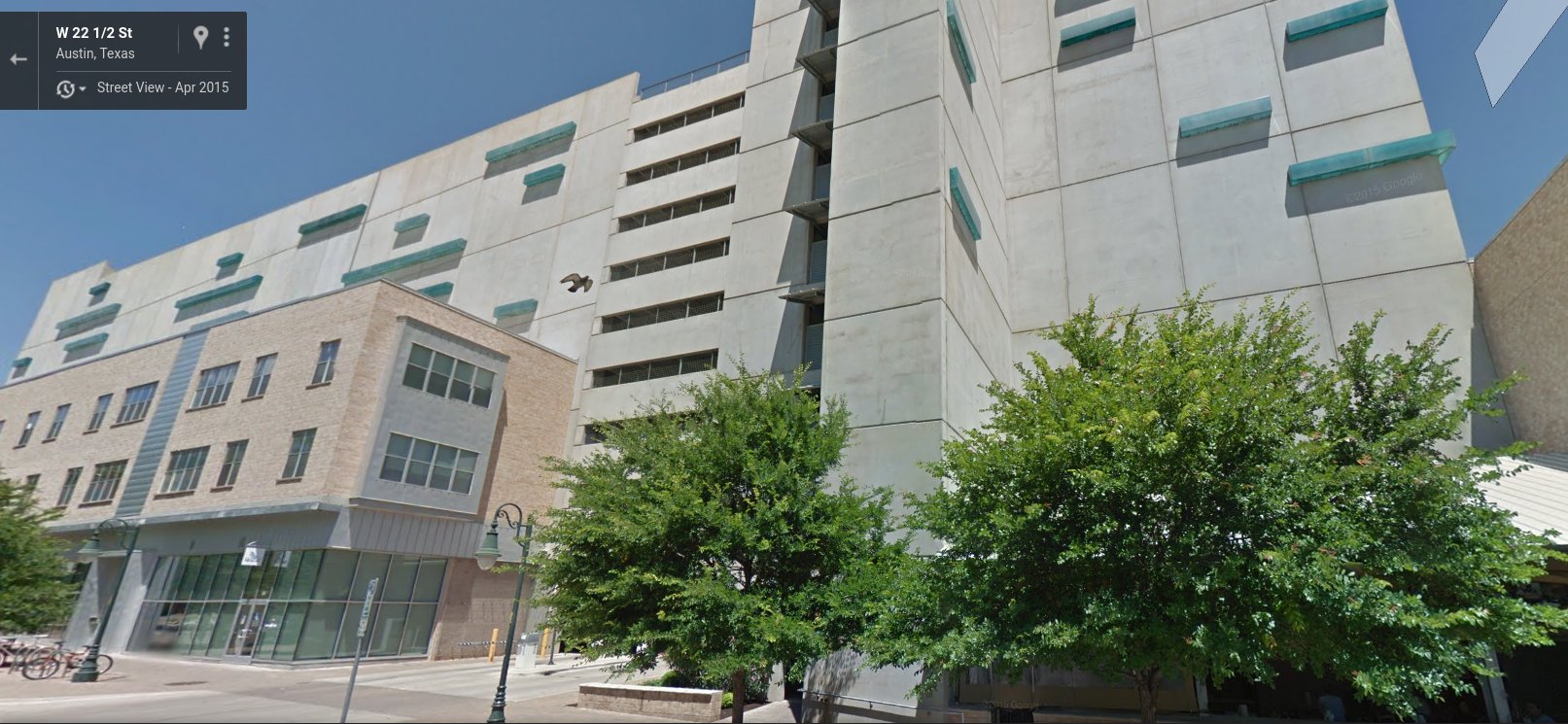
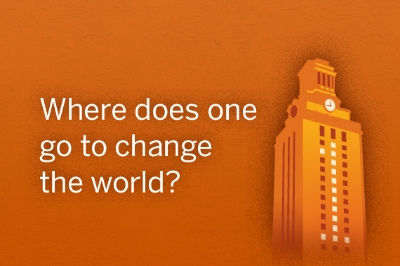
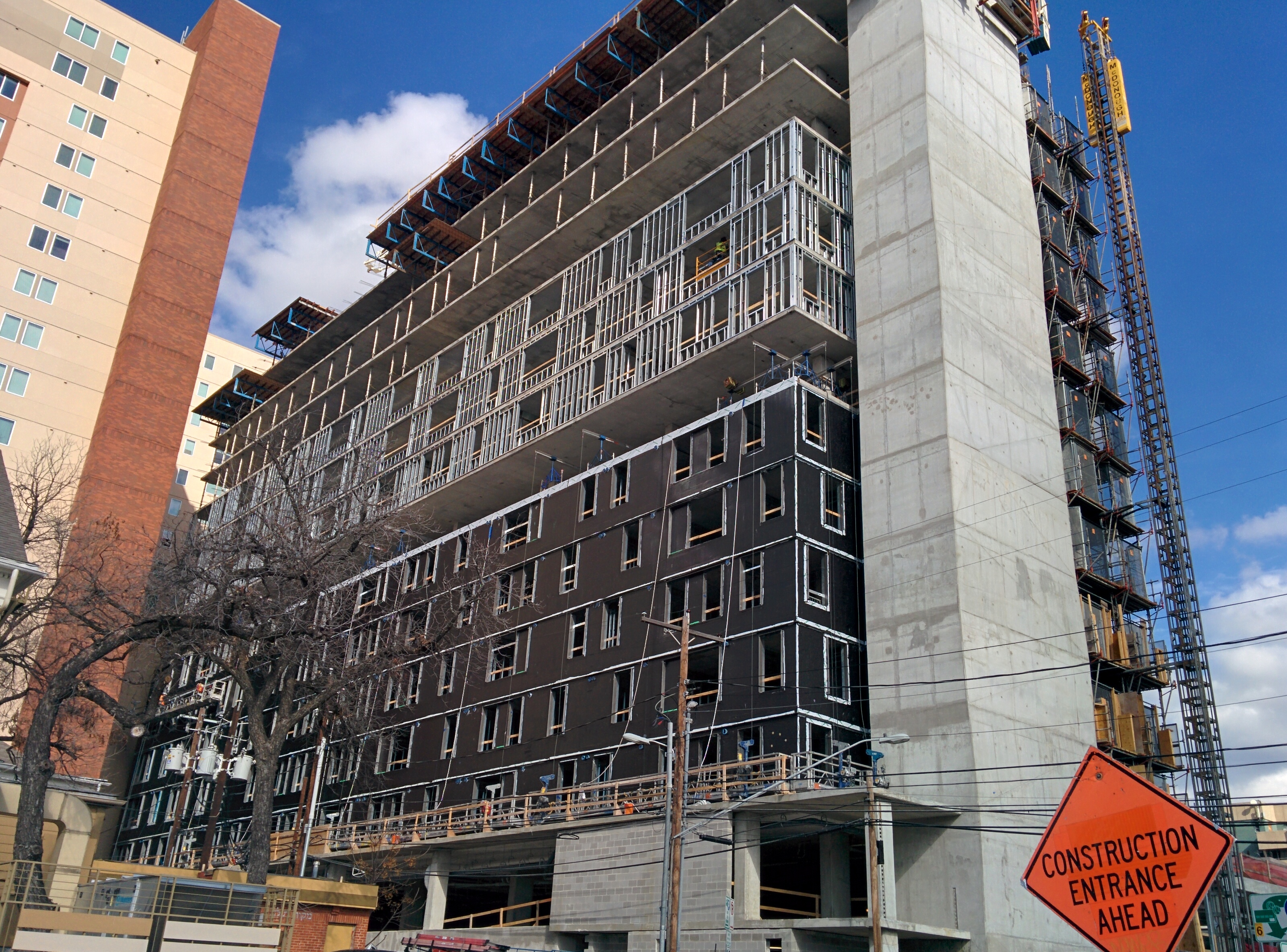 A parking benefit district meters on-street parking with proceeds plowed back into neighborhood improvements.
A parking benefit district meters on-street parking with proceeds plowed back into neighborhood improvements. 